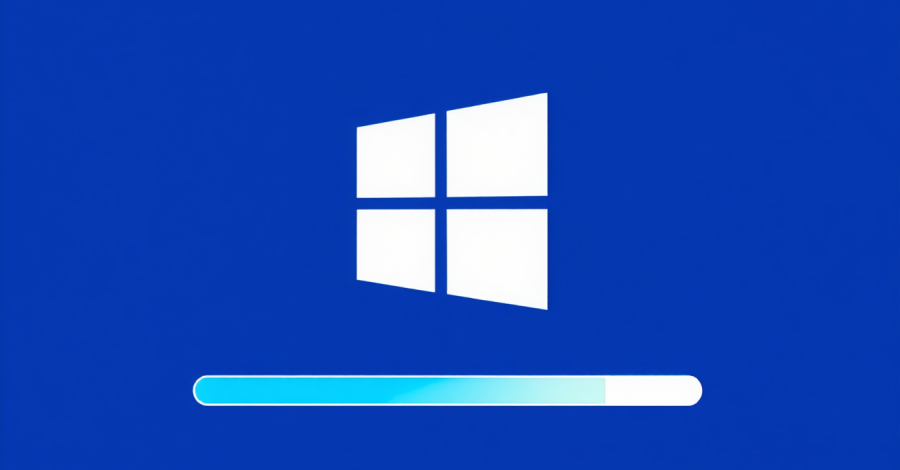Amazon Uncovers Attacks Exploited Cisco ISE and Citrix NetScaler as Zero-Day Flaws
Amazon’s threat intelligence team on Wednesday disclosed that it observed an advanced threat actor exploiting two then-zero-day security flaws in Cisco Identity Service Engine (ISE) and Citrix NetScaler ADC products as part of attacks designed to deliver custom malware. “This discovery highlights the trend of threat actors focusing on critical identity and network access control…
Read more










